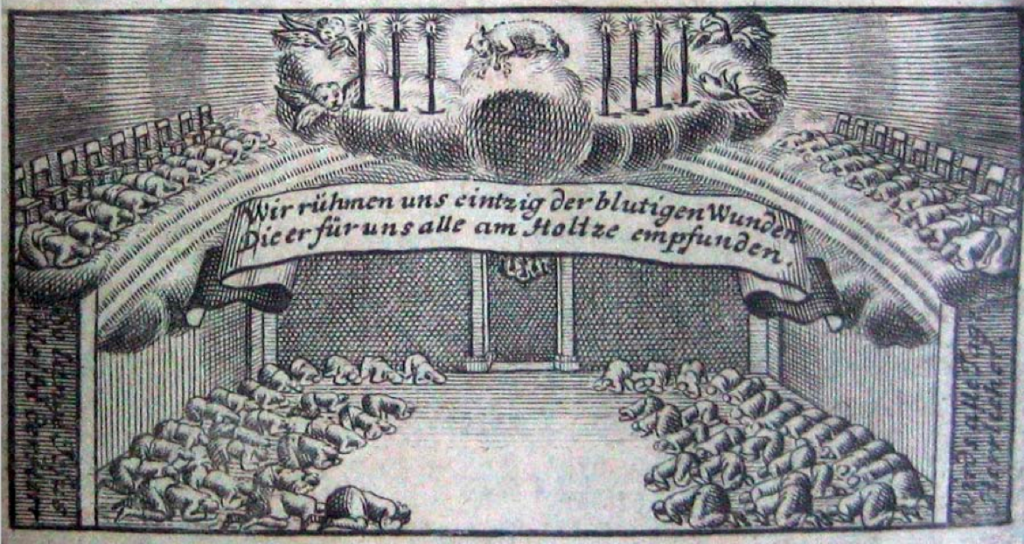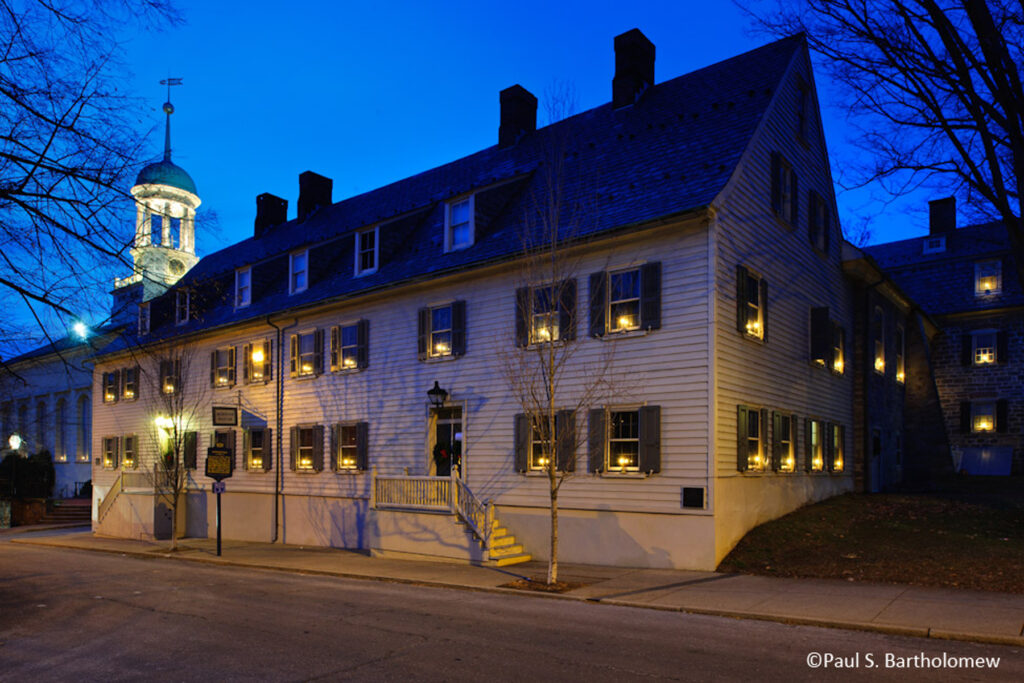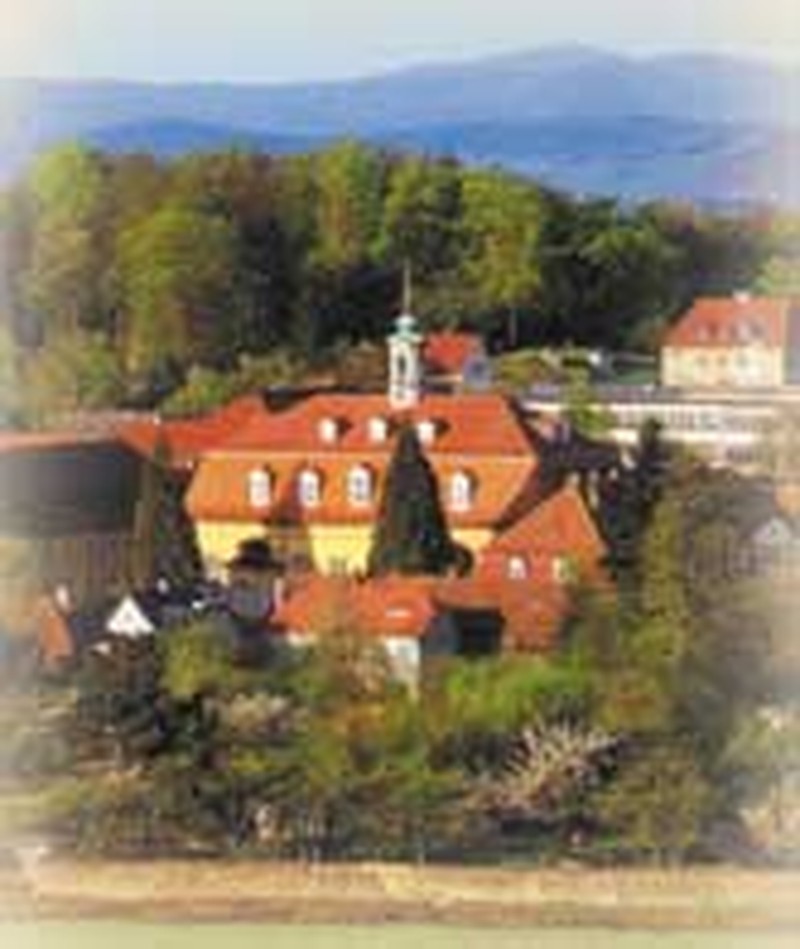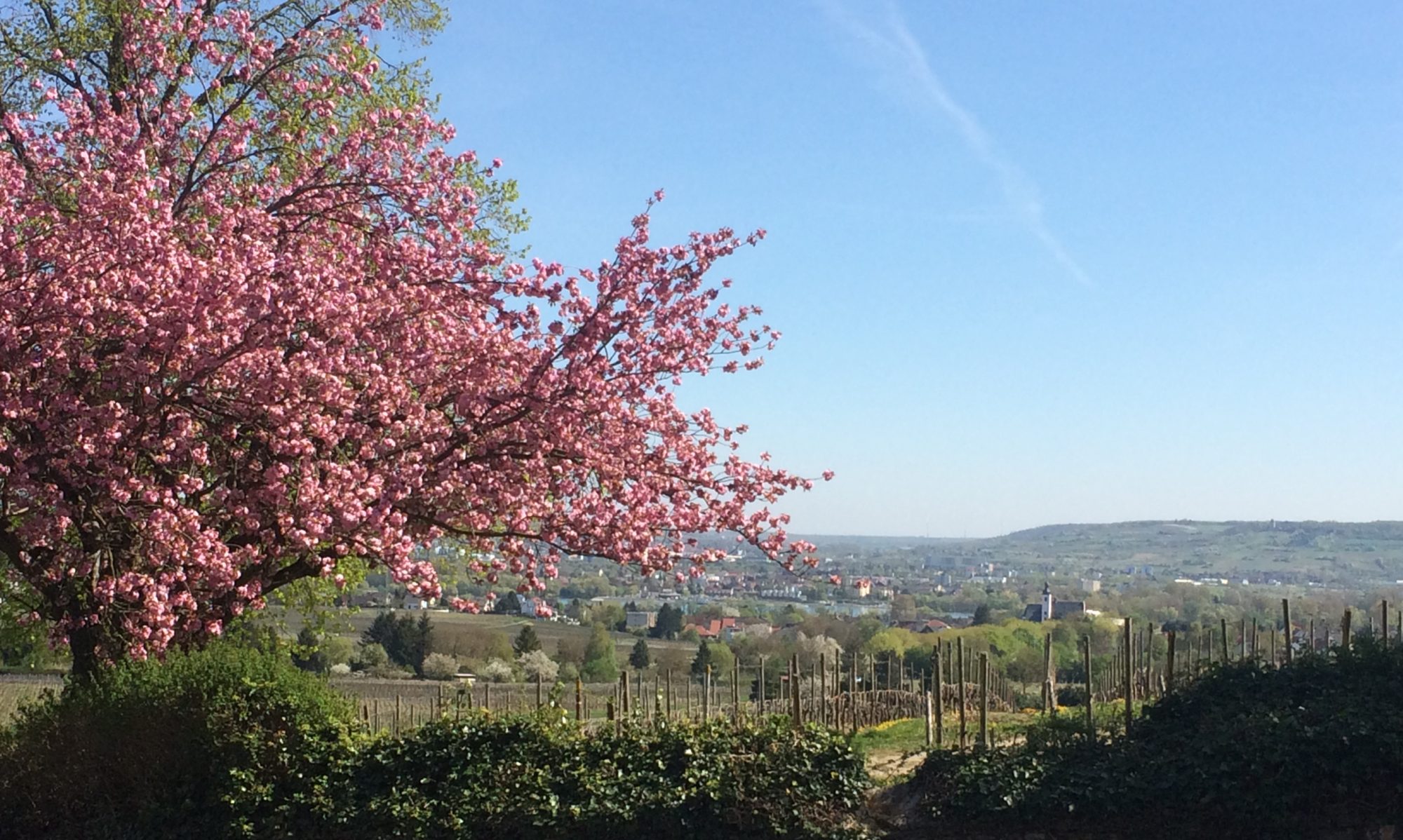The Moravian Church
The Moravian Church, known in Germany as the Brüdergemeinde, Brüder-Unität or Herrnhüter, was a protestant movement that originally began in the Czech Republic before the time of the Reformation. It was ‘renewed’ in the early eighteenth century by Count Nikolaus Ludwig von Zinsendorf (1700-1760) when a group of peasants, artisans and craftsmen, mostly Protestant, flocked to the nobleman’s estates in Berthelsdorf, Saxony (moravianlives.com).

Von Zinsendorf was fascinated with the Moravian emphasis on an emotional form of spiritual life and granted the peasants land to build a village in nearby Herrnhut and Herrnhaag, today UNESCO World Heritage Cultural Sites. Some aspects of Moravian life were different than the practices of other Protestant groups:
° They emphasized the importance of education in individual religious growth and experience,
° They saw men and women as spiritual equals (study.com),
° From the middle of the 18th Century on they encouraged every member of their worldwide congregation to write a memoir or ‘Lebenslauf’ to portray their inner journey and serve as a means of edification for the Moravian community,
° The church encouraged Moravian missionaries to settle in many parts of the world, including the Caribbean, North and South America, the Arctic, Africa and the Far East (wikipedia).
Today nearly 65,000 records from the memoirs written by prominent Moravians still exist and provide a vast database for researching the history of the church members and their ancestry (moravianlives.com).

Early Moravians in America
Initially, the Moravians attempted to settle in Georgia, but due to complications and an impending war several church members relocated in 1740 to Bethlehem, Pennsylvania. While the prime objective of settling in the colonies was to convert the indigenous population in Delaware, the Moravian method of evangelizing was not always looked upon kindly, nor always welcomed (wikipedia).

The Moravians in Bethlehem lived in a communal society organized into groups, called choirs, by age, sex, and marital status. They also operated under a General Economy where everyone worked for the good of the community and received care from cradle to grave.
The General Economy was an exclusive association in which prevailed a sort of communism based on labor, but not on goods. This communism was not binding, but left to the free will of each to adopt or reject. For instance, those who had property retained full control of it and were not required to sacrifice it in any way. All that the members of this association gave was their time and work. In return they received the necessaries of life and the comforts of home. The Economy existed for only twenty years, and was abandoned in 1762. While in force, it defrayed the expenses of the various immigrations from Europe, gave the Moravian colony comfort support, and maintained the mission among the Indians.
Another peculiar principle, adopted by the church at large and retained in its American settlements, was the use of the lot. According to the precedent set by the apostles at the election of Matthias, the will of God was to be ascertained in all important affairs. Hence the lot was employed in the appointment of ministers and the admission of members, as well as in the contraction of marriages. Marriages were not however contracted in an offensive or oppressive way. Men and women were not indiscriminately coupled contrary to their wishes. A man proposed a woman to the church authorities, or, if he had no proposal to make asked the authorities to suggest a woman. The authorities submitted the proposal to the decision of the lot, and, if it was sanctioned, made the woman an offer of marriage in the name of the man, which she could also reject. The lot bound the authorities to make the offer, but not the woman to accept it. If the proposal was rejected by the lot, the man made another. The fact that both sexes lived in “classes,” (separate houses) and had barely any social interaction made this system useful. (leihighvalleyhistory.com)

Moravians Today
The Moravian Church has roughly 825,000 members worldwide and remains active in missionary work, education and social work. The American Moravian Church sponsors Moravian College and Seminary, recognized as the sixth oldest institution of higher education in the United States. A branch of the Moravian Church that settled in Texas in the 1800a exists under the name Unity of the Brethren. The largest concentration of Moravians today is in Tanzania. The church motto is:
‘In essentials, unity; in nonessentials, liberty; and in all things, love’.
Sources:
